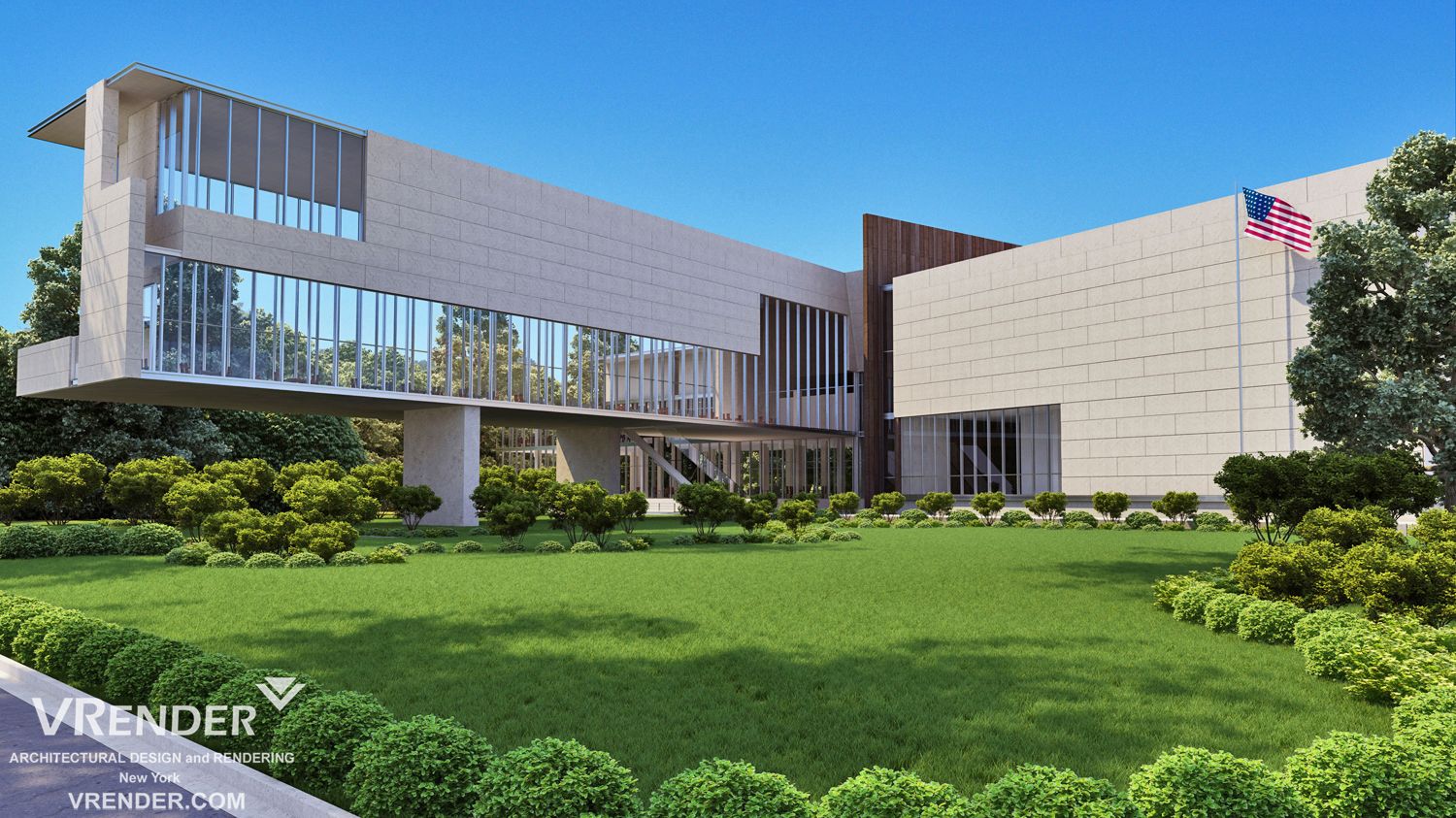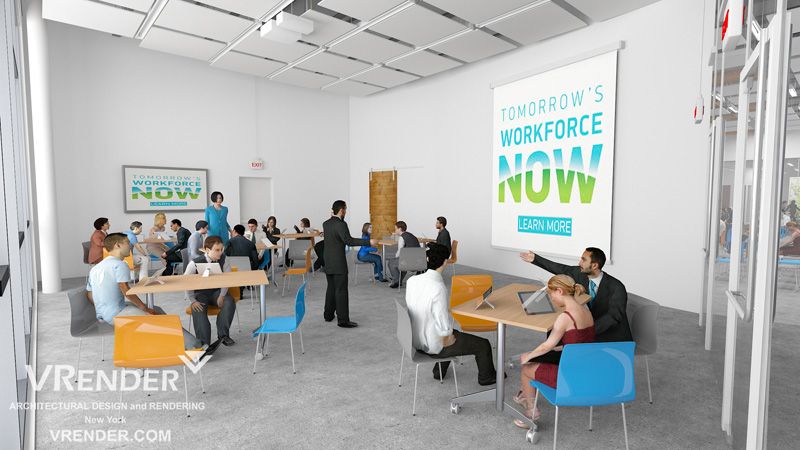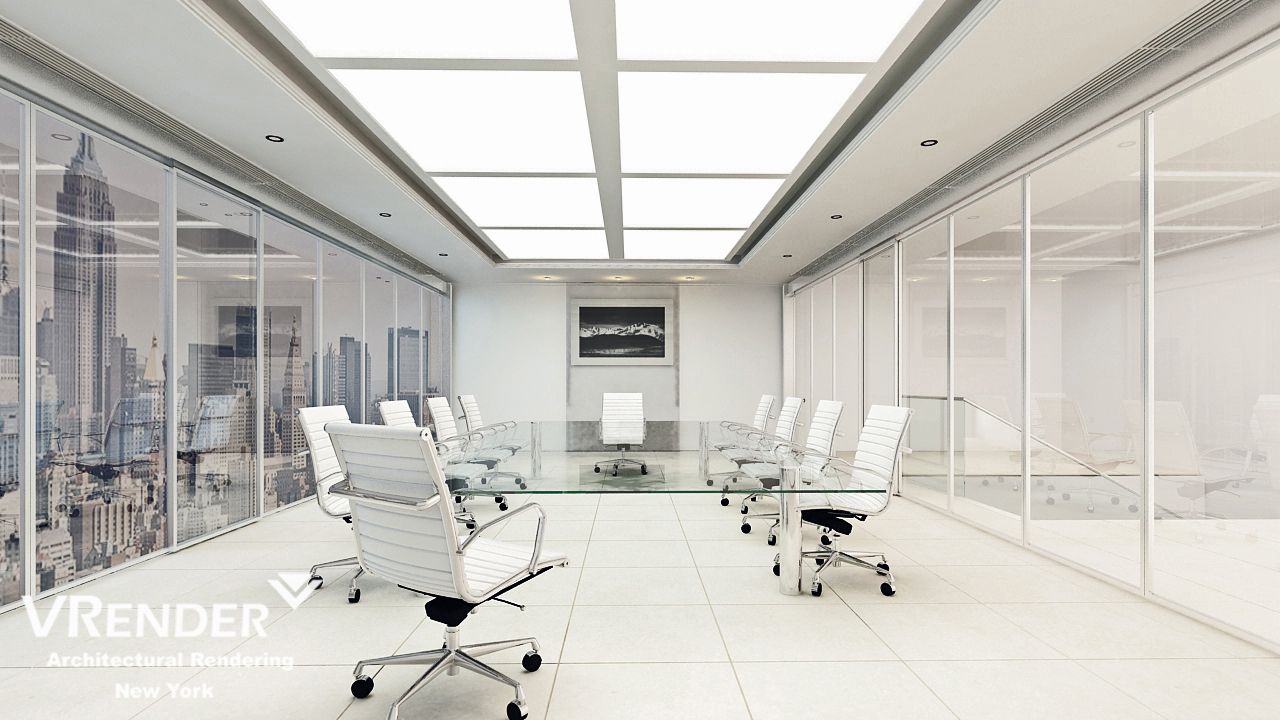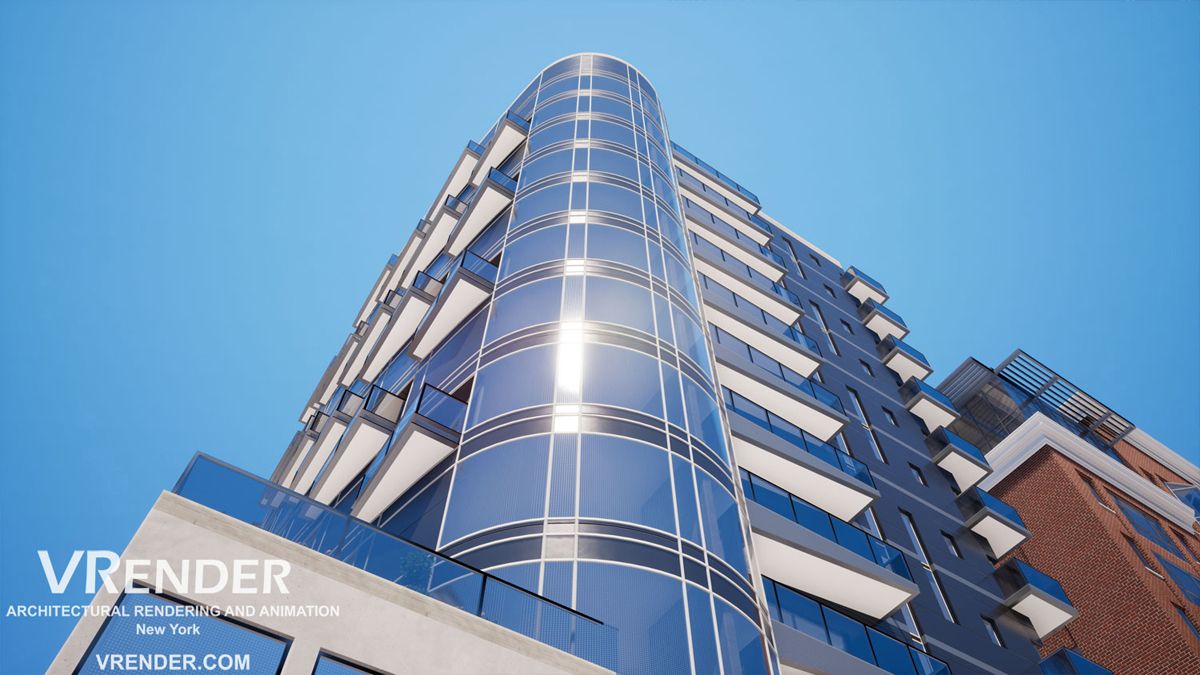3D rendering has a broad range of applications beyond just architecture and design. When it comes to sectors like government and education, 3D rendering plays a critical role in visualization, planning, communication, and training. 3D rendering technology becomes more advanced and accessible, its applications in the government and education sectors are likely to expand. The ability to visualize, simulate, and interact with 3D models offers unique advantages in terms of communication, engagement, and understanding.
Let’s explore how 3D rendering is applied in these sectors:
1. Government:
- Urban Planning and Infrastructure: Governments utilize 3D renderings to visualize urban planning initiatives, infrastructure projects, transportation hubs, and other large-scale projects. This helps stakeholders and the public understand the scope and impact of proposed developments.
-
- Visualization of new infrastructure projects (bridges, roads, transport hubs).
- Simulating the impact of new developments on traffic, the environment, and the existing urban fabric.
- Emergency Preparedness and Training: 3D models of cities or critical infrastructure can be used to simulate emergency scenarios (e.g., natural disasters, terror attacks) to prepare response teams and communicate emergency plans to the public.
- Public Communication: Renderings are used to show the public proposed changes, new developments, or upcoming projects, making it easier for citizens to understand and provide feedback.
- Heritage Conservation: 3D renderings can help visualize and preserve historical and cultural sites, showing how they looked in the past or how conservation efforts will impact them.
- Disaster Preparedness:
- Modeling potential scenarios (e.g., flood simulations) to understand risk and strategize response.
- Civic Engagement:
- Rendering proposed public projects for community feedback.
- Virtual town halls or forums where citizens can explore proposed projects in 3D.
- Historical Preservation:
- Digitally restoring historical sites or landmarks for documentation and education.
- Security & Defense:
- Simulating scenarios for training and preparedness.
- 3D mapping and reconnaissance.
2. Education:
- Interactive Learning:
- 3D renderings of historical events, scientific concepts, or literary scenes can make abstract ideas more tangible for students.
- Campus Planning:
- Visualization of new facilities, dormitories, or expansions for stakeholder presentations or fundraising.
- Virtual Reality in Education:
- Using 3D renderings to create immersive VR experiences for subjects like history, biology, or physics. For instance, students could take a virtual “tour” of ancient Rome or explore the human body at a cellular level.
- Research & Development:
- Universities with R&D departments can use 3D renderings to visualize complex data sets or simulate experimental scenarios.
- Museum and Exhibit Design:
- 3D renderings can help in designing interactive and educational museum exhibits. Virtual museums can also be created, allowing access from anywhere.
- Interactive Learning: 3D models and renderings can be integrated into digital education platforms, offering students a more interactive and immersive learning experience. Subjects like history, biology, astronomy, and physics can be taught using detailed 3D visualizations.
- Campus Planning: Universities and schools use 3D renderings to plan new buildings, visualize campus expansions, and communicate these plans to stakeholders.
- Scientific Visualization: In higher education, particularly in subjects like biology, chemistry, and geology, 3D rendering helps in visualizing complex concepts, molecular structures, geological formations, etc.
- Virtual Reality and Augmented Reality: Educational institutions are increasingly using VR and AR for training and education. Medical students, for instance, can perform virtual surgeries, and history students can take virtual tours of ancient civilizations.
- Simulations: Particularly useful in technical and scientific disciplines, simulations allow students to experiment in a virtual environment. For instance, engineering students can test machine designs, and environmental science students can simulate ecological changes.
Benefits of 3D Rendering in Government and Education:
- Enhanced Communication: 3D renderings can break down complex ideas into understandable visuals, aiding in clearer communication.
- Engagement: For both citizens and students, a visual representation can be more engaging than textual or 2D depictions.
- Efficiency: By visualizing projects or concepts in 3D, potential challenges or flaws can be identified early, saving time and resources.
- Accessibility: Virtual tours or simulations can make inaccessible sites or complex concepts accessible to a broader audience.
Challenges:
- Cost: High-quality 3D renderings can be costly to produce, especially for large-scale projects or simulations.
- Technical Expertise: Creating or modifying 3D renderings requires specialized skills and software knowledge.
- Hardware Requirements: High-end renderings, especially in VR, require powerful computers and sometimes specific hardware to view.
Tips for Implementing 3D Rendering in Government and Education:
- User Experience is Key: Especially in education, the user experience should be intuitive and engaging. The rendering should serve the educational objective and not just be flashy.
- Feedback Loops: Governments should have clear channels for collecting public feedback on renderings presented for public projects. Similarly, educational institutions should gather feedback from students to continually refine and improve 3D-based learning tools.
- Hardware Considerations: High-quality renderings can be resource-intensive. Ensure that the target audience has the necessary hardware to experience the renderings without performance issues.
- Training: When introducing new 3D tools, especially in education, ensure that educators are well-trained to use and teach with these tools.
- Accessibility: Ensure that the content is accessible to all, including those with disabilities. This might mean creating alternative representations or using software that is compatible with assistive technologies.
- Stay Updated: The field of 3D rendering and visualization is rapidly evolving. Regularly update the software, tools, and techniques to stay current and offer the best possible experience.
How can you save same time and eliminating unnecessary costs when it comes to construction and design Government & Education Buildings and offices?
Architectural Rendering is a graphical three-dimensional computer simulation of an architectural design with its interiors. It is needed by architects and designers who use it to estimate the appearance of an object before they start working on a project taking into account all future changes. Modern technology offers a quick and effective solution to these problems. 3D visualization will show you how your building or house will look like after the development, redevelopment or after repair works have been completed.
3D visualization is the surest way to preview and to make an objective assessment of Federal buildings projects (Post and Police offices, Federal Office Buildings, Trade Commission Building, Ambassador Residence, Airports, Port Authority Terminal, Military Base, Hospital ) outcomes through simulation using three-dimensional graphics. Visuals offer a more meaningful representation and also maximizes the customer’s view of the object
The most detailed drawing or layout may not reveal a complete picture of the proposed building. This is because there are lots of seemingly insignificant factors that may play a crucial role in deciding the outcome of your project. However, the usage of the latest software and professional art decorations will bring to reality the Education buildings and offices (University Buildings, Learning Departments and Cathedrals, Laboratory, Campus, lecture auditorium, Classrooms, Sports, Stadiums) and all the surrounding elements.








